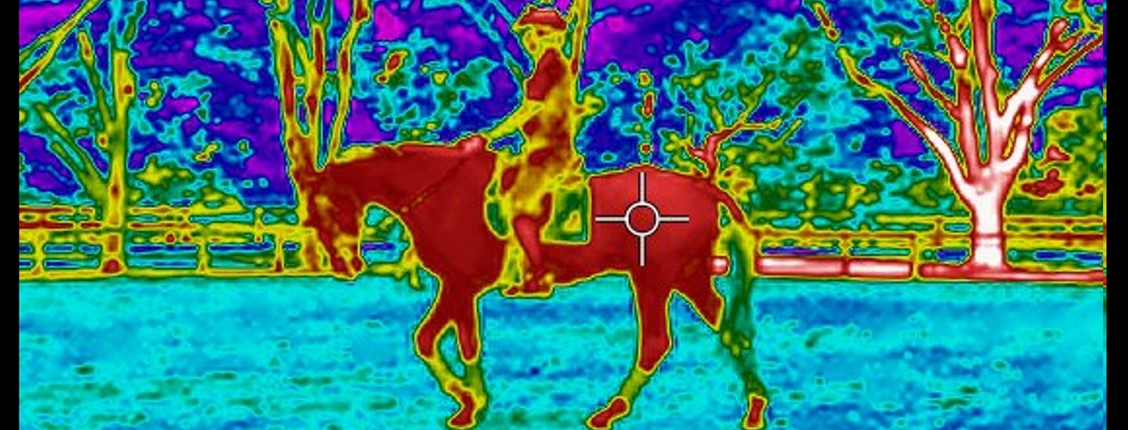
Keeping cool in Tokyo – Heat and Humidity Measures Under the Microscope
Olympic Equestrian Dressage competitions are already well underway and, by tomorrow morning, all equine athletes will have settled into their temporary home at the historic Equestrian Park venue in Baji Koen, with the arrival of the final batch of Show Jumping horses. To allow our equine and human athletes to optimise their performance in the Tokyo climate, comprehensive heat and humidity protocols have been put in place by the FEI and the Tokyo Organising Committee of the Olympic & Paralympic Games (TOCOG).
The FEI has been working on minimising the impact of heat and humidity on performance since before the Atlanta 1996 Olympic Games, and the work on Tokyo 2020 is a continuation of that.
Heat countermeasures in place onsite at both Equestrian venues for equine athletes:
- Air-conditioned stables at both Baji Koen and Sea Forest Park (Cross Country venue)
- Training and competitions scheduled for early morning and evening (under floodlights)
- Constant monitoring of current and forecast climatic conditions, working with the official Tokyo 2020 weather provider, Japan Meteorological Agency
- Constant monitoring of onsite climatic conditions using the Wet Bulb Globe Temperature (WBGT) index, which measures heat stress in direct sunlight, taking into account temperature, humidity, wind speed, sun angle and cloud cover (solar radiation) – every 15 minutes during the Cross Country
- Constant and close monitoring of horses by a world-class veterinary team, multiple cooling facilities (shade tents, cold misting fans, unlimited ice and water, mobile cooling units etc)
- Specific climate mitigation protocols for training and warm-up and also in-competition
- Monitoring horses in work using thermal imaging cameras, enabling body temperature to be estimated accurately from a distance of 5-10 metres.
- Allows for monitoring without interfering with athletes
- Helps with early identification of horses at potential risk of overheating
- Allows for timely interventions such as rapid cooling during training and warm-up and prior to competing
- Possibility to stop a horse on the Cross Country course and bring mobile cooling units out to provide rapid cooling. (These mobile cooling units are also available for the arena-based competitions and in the warm-up arenas.)
Stable Manager Patrick Borg is proud of the onsite accommodation provided for the horses by the Baji Koen venue owners, the Japan Racing Association: "We can compare the stables in Tokyo with the Ritz in Paris. It’s five-star stabling for the horses. We try to do the very best for them.”
Baji Koen stables:
- 333 stalls (4x3 metres)
- Air-conditioning
- Rubber matting throughout
- Washing & drying machines
- Unlimited supplies of ice and water
Heat countermeasures in place onsite at both Equestrian venues for humans:
- Provision of shade, special cooling tents/areas (including cold misting fans) for athletes and entourage
- Facilities and measures for officials/volunteers including rest periods, shade and rest areas, water etc
“We have ongoing and direct contact with the Weather Information Centre, which is constantly monitoring the weather specifically for the two Equestrian venues, providing us with detailed information that allows the onsite team to make informed decisions on whether there may be a need to delay or interrupt a competition”, FEI Veterinary Director Göran Akerström said. “If there is bad weather forecast then we receive hourly updates, and this can be more frequent if necessary.” –
Official weather data and forecasts (primarily WBGT readings) from the official Tokyo 2020 weather provider, Japan Meteorological Agency, form the basis of decision-making, combined with in-situ readings. In addition, onsite conditions are monitored multiple times a day by the FEI Climate Advisor David Marlin, in liaison with the FEI Veterinary Director, FEI Veterinary Commission, FEI Chief Steward and Tokyo 2020 Sport team.
To assist National Federations with optimal preparation for the Games, the FEI produced a series of educational Beat the Heat videos, aimed at optimising both human and equine performance in hot and humid conditions. Practical advice has been made available through the FEI Athlete hub, as well as on the dedicated Tokyo Olympic and Paralympic hub.
Alongside its own research, the FEI has made available to its community a number of important documents, including the IOC advice – Beat the Heat – for human athletes preparing for the Games. These are available on the Olympic Hub here and Paralympic Hub here (scroll down to the Medical, Veterinary & Climate Information sections).
Supplied by FEI










